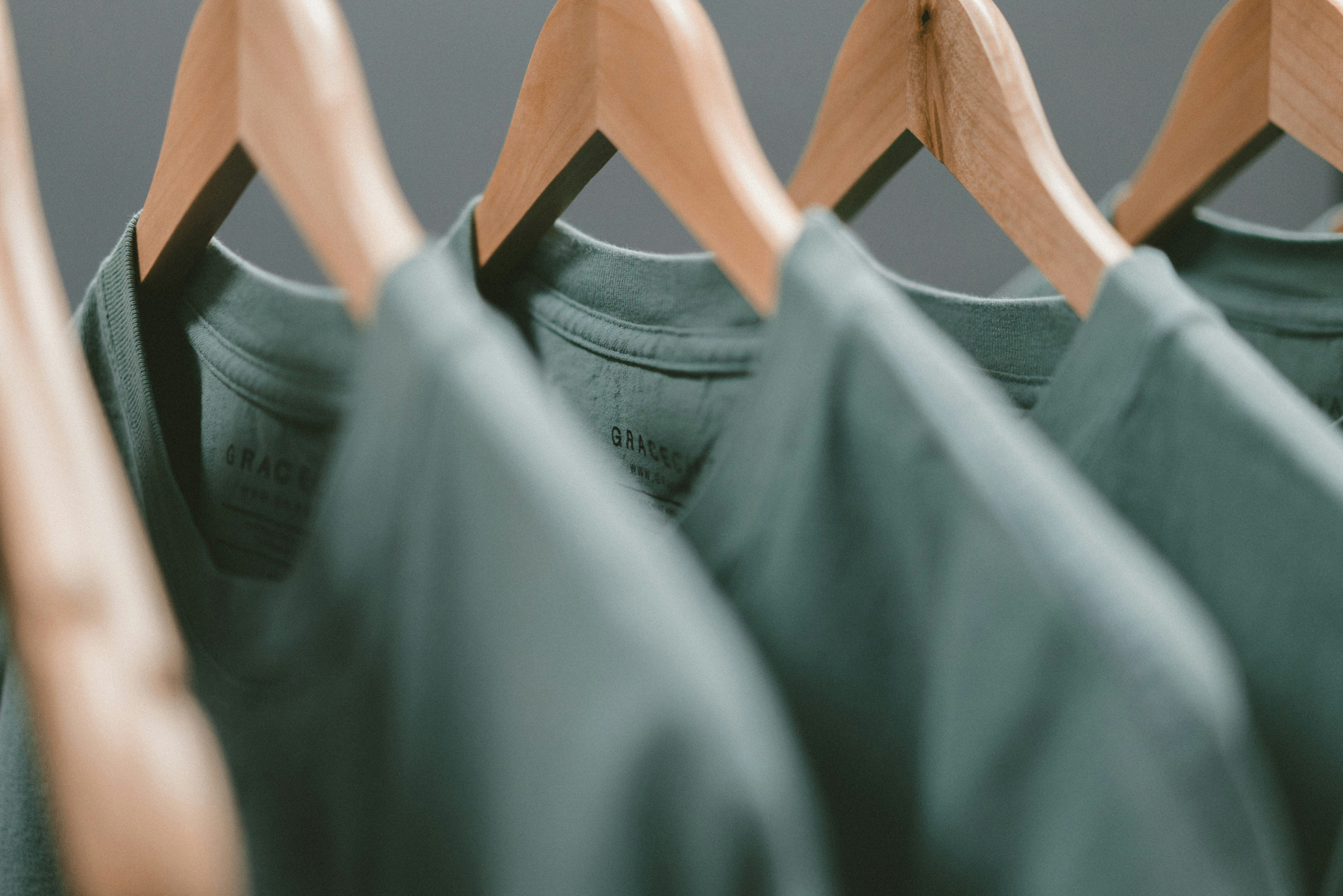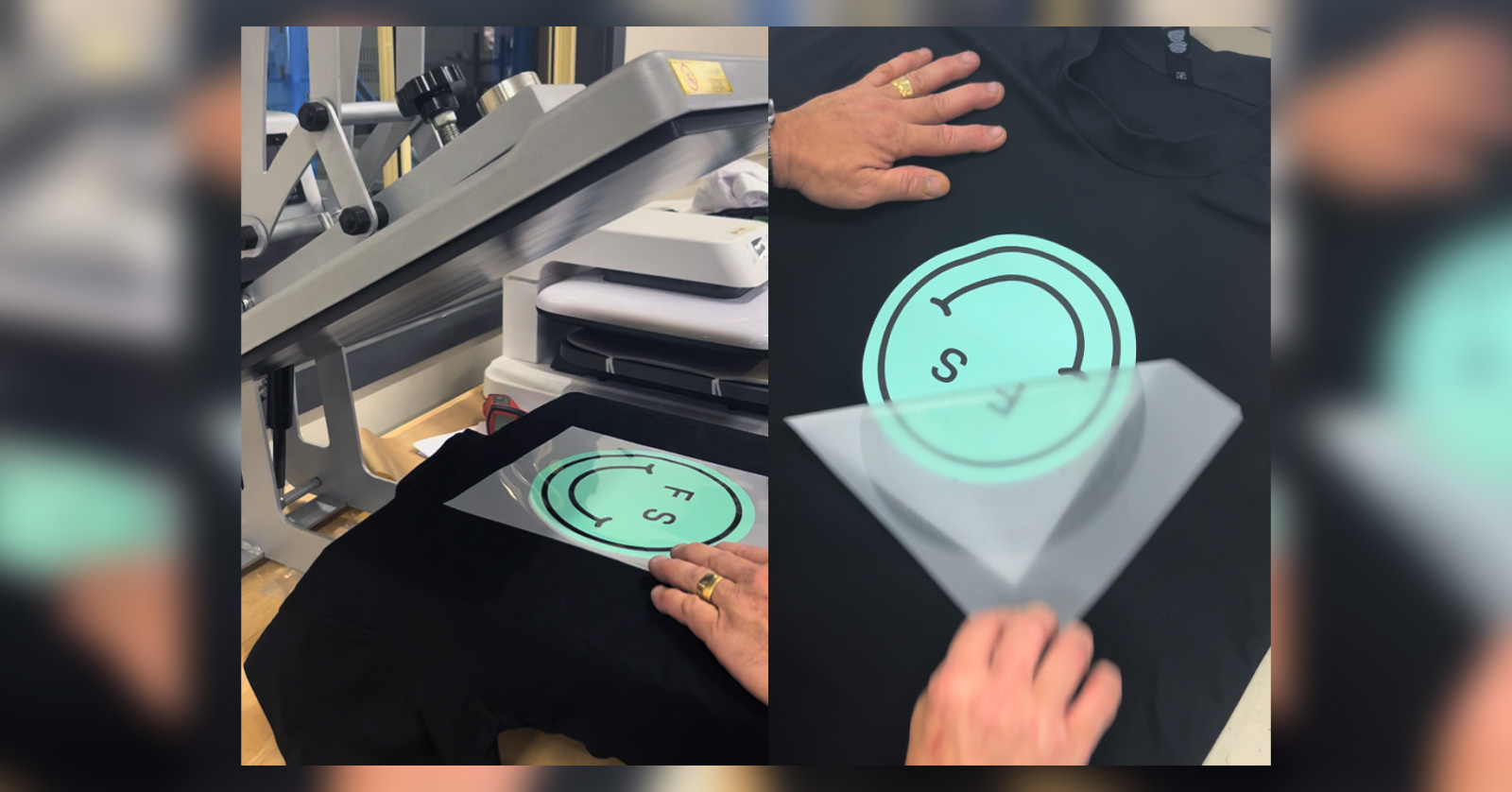The call for sustainable fashion practices is getting pretty loud and it’s most definitely hard to ignore. According to The Geneva Environment Network, “fashion production makes up 10% of humanity’s carbon emissions“. This means that the entire process of creating, manufacturing, transporting, and eventually disposing of clothing has a significant impact on the environment.
But there are brands doing something about it. Patagonia has long been a pioneer in this space, but just recently, Shona Joy partnered with Rntr for repair services, Oroton has collaborated with eBay to resell pre-owned items. Other brands, such as Nike and Stella McCartney are also embracing circularity through innovative designs and materials, pushing boundaries in creating more sustainable fashion products.
While the brands are doing a lot, we, as consumers, could do more. The power is with us to drive change through the choices we make.
“Where do I begin?” You ask.
“Start with the three R’s.” We say.
Here are some circular fashion ideas that we, at Mereton, love to practise and how you can easily add them to your life:
Recycle, Reuse, Repair Your Clothes
It sounds simple, right? Recycling, reusing, and repairing your old skirts or jeans so that you don’t need to buy new clothes. Well, it really is that easy.
With the production of new textiles involving significant resources, including water, energy, and raw materials, it often leads to substantial environmental degradation. Take polyester fabric, for example. While it’s known for its durability and affordability, the debate surrounding its environmental impact is complicated. Polyester is derived from petroleum, a non-renewable resource, and its production requires high energy consumption and emits greenhouse gases. However, it’s also recyclable, and advancements in technology are enabling the creation of recycled polyester fabrics, reducing the strain on virgin resources.
This is why recycling old garments into new items, reusing clothes through swaps or second-hand purchases, and repairing damaged pieces to extend their life cycle are all actions that contribute to a more circular fashion economy.
So, by reducing the demand for new clothes, we avoid this altogether and instead, we help lower the volume of waste sent to landfills, where fabrics can take hundreds of years to decompose, releasing methane and other harmful gases in the process.
Get Close to Your Clothes
“Whaddayamean?!”
Preserving craftsmanship and personal connection in clothing repair is about more than just fixing a tear or replacing a button—it’s a way to honour the effort that goes into creating your clothes.
For example, imagine you have a very loved jacket that has started to fray at the seams. Instead of tossing it aside for a new one, you take the time to mend it carefully, stitching each thread back together. As you work, you not only restore the functionality of the jacket but also deepen your appreciation for its craftsmanship. By learning basic sewing skills and embracing the repair process, you develop a stronger bond with your clothes, recognising their value.
This shift in mindset is a good exercise for you to prioritise quality and longevity in your wardrobe choices, opting for well-made pieces that can be repaired and cherished for years to come.
What are the benefits?
Well, besides getting to keep your old cherished clothes, you also could save some decent money. Not only are you not forking out money for brand-new clothes, but you’re also saving by doing things like shopping second-hand or swapping clothes with friends.
Not to mention, repairing and customising your own clothes can also provide an outlet to express your unique style.
Lastly, it can be cool to repeat outfits! Hailey Bieber, Meghan Markle, Gwyneth Paltrow, Winona Ryder, and many more have all repeated outfits they have worn in the past.
“How do I get started?” You ask?
- Learn Basic Clothing Repairs: Start with simple tutorials on sewing buttons, fixing seams, or patching holes.
- Organise a Swap: Gather friends or community members for a clothing swap, giving your unwanted garments a new life with someone else.
- Explore Second-Hand Options: Check out thrift stores, online marketplaces, and vintage shops for pre-loved treasures.
- Recycle Responsibly: If your clothes are too worn out to be reused or repaired, look for textile recycling programs in your area.
Our final thoughts
At Mereton Textiles, we recognise the daunting challenges the fashion industry faces in terms of sustainability. However, we firmly believe that through education, collective action and individual responsibility, we can make a difference.
By embracing practises such as recycling, reusing, and repairing our old fabrics and garments, we not only reduce environmental impact but also contribute to the creation of a more ethical and sustainable fashion system.




